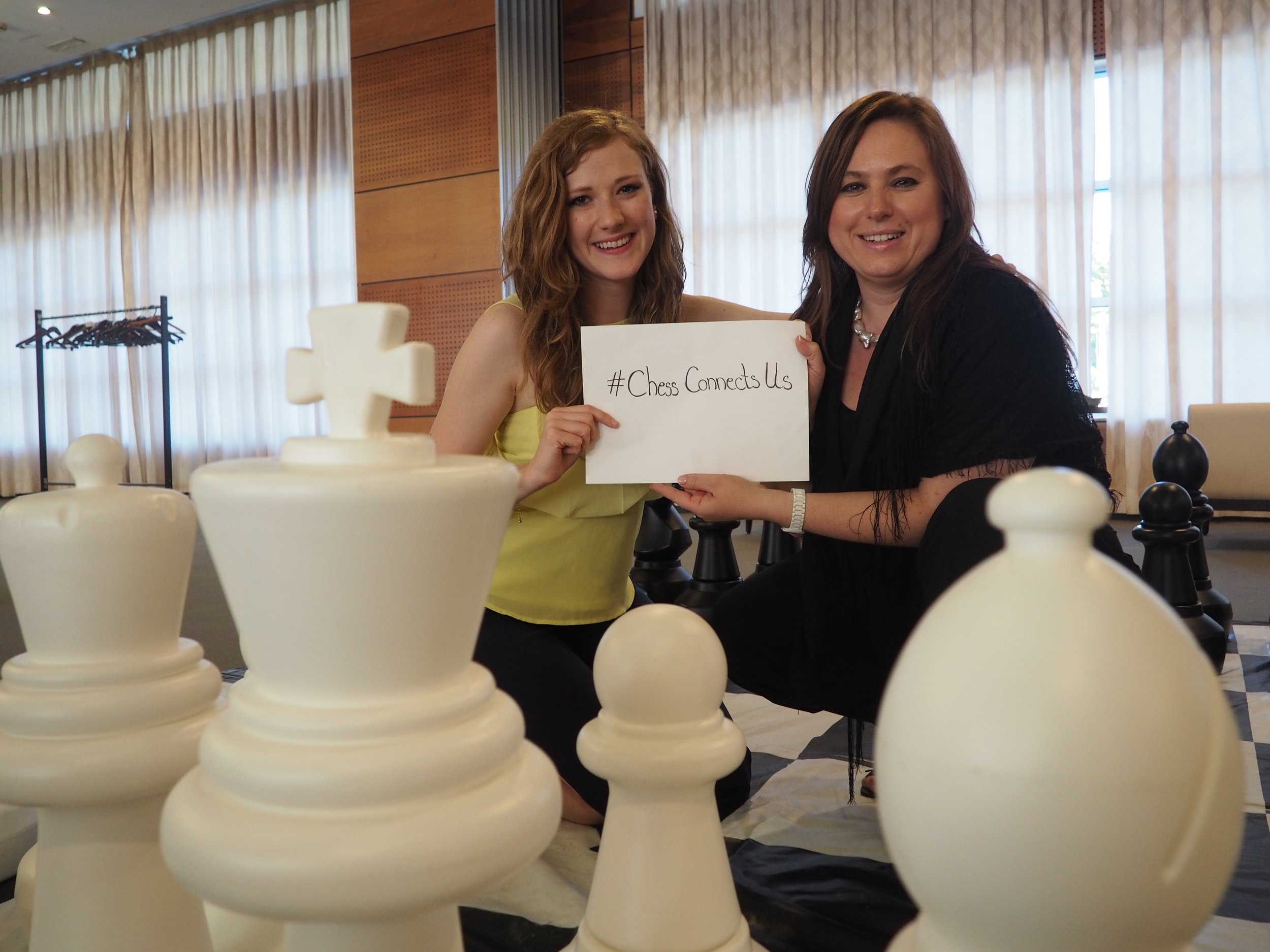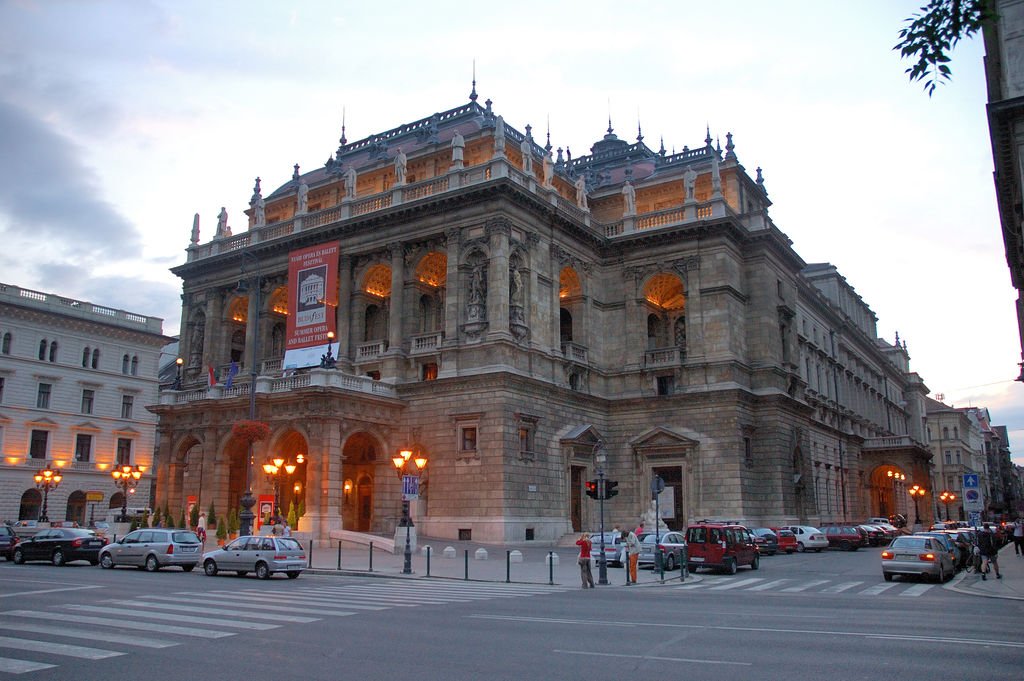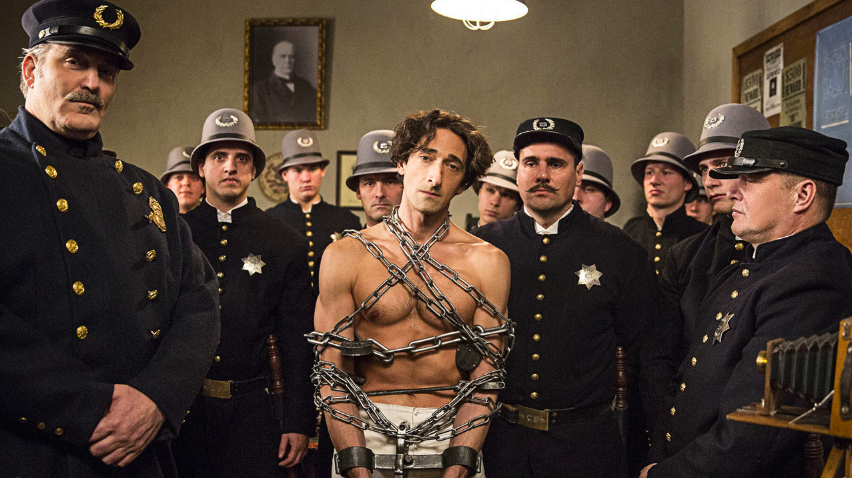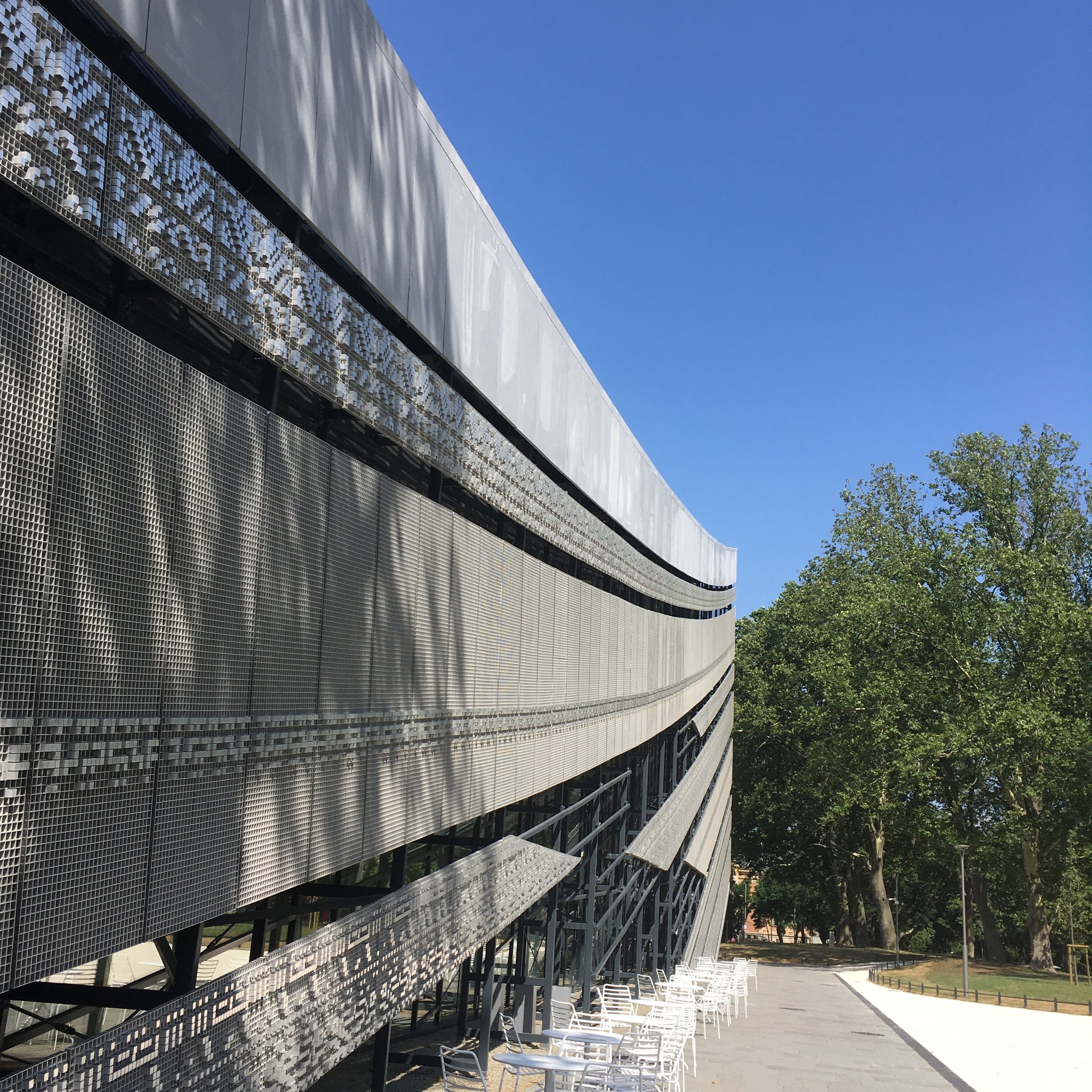Béla Lugosi, Hungary's 'Ageless' Dracula Turns 140
zita kisgergely
image via Wikipedia Commons
Halloween and All Souls Night are both coming up fast, and with that in mind, we want to remind you that not only was the film and book of Dracula based in Hungarian-ruled Transylvania, but the actor who originated the role of Dracula, Béla Lugosi, was also Hungarian. And, as it happens, the allegedly late actor recently turned 140 years old. Still a household name, Lugosi is far and away the best-remembered Dracula, the benchmark for all vampires to come. In his honour, we’ve collected some lesser-known bits of Dracula trivia.
1) The first film based on Bram Stoker’s book, The Death of Dracula, was made in Budapest. It’s true. Even film buffs typically credit Nosferatu as being the first adaptation, but in 1921, The Death of Dracula was released, starring a mostly Hungarian cast, and directed Károly Lajhay and co-written by Michael Curtiz, of Casablanca fame. This is considered to be a ‘lost film,’ with no reels known to be in existence.
2) Vlad the Impaler, the Wallachian ruler who was the influence for Dracula, spent many years under house arrest in Budapest, when he was considered to be a liability to the Hungarian monarchy. Don’t feel too bad for him, as the house was the Buda Castle, where his jailor, King Mattias Corvinus, resided.
3) 1978 saw the release of the B horror film Zoltan, Hound of Dracula. Zoltan, for those who don’t know, is a traditional Hungarian name, allegedly left over from Ottoman times. The film starred Michael Pataki – the actor’s last name also speaks of Hungarian ancestry.
Image via Wikipedia Commons
4) Bram Stoker never visited Transylvania, but rather relied on library books, travelogues, and lectures to recreate the mystical area, which seems fitting, because Vlad the Impaler was not originally from Transylvania either. Wallachia gets the distinction of being the birth place of this sadistic stick in the mud.
5) Béla Lugosi couldn’t speak English when he was cast in the Hollywood version of Dracula. He wasn’t even the first choice for the part; that would have been Lon Cheney, who couldn’t take the role due other obligations (like his funeral, he died shortly before the filming commenced). Lugosi had to learn his lines phonetically, not knowing what the words meant, which is just as well, because audiences mostly remembered his accent anyway.
We hope you were enlightened by this little lesson on the original blood-sucker. Much of the information comes from the book Just A Bite: A Transylvania Expert’s Short History of the Undead.
Flatpack Films has many years of experience dedicated to offering expert servicing. It has brought the best of Hungary to countless brands, agencies, and production companies through its unique locations, exceptionally skilled crews, top of the line equipment and technical solutions. Backed by an impeccable track record, Flatpack Films has worked with world-class clients including Samsung, Samsonite, Toyota, Braun, Chivas Regal and many more - bringing their projects to life through a highly bespoke approach.







































